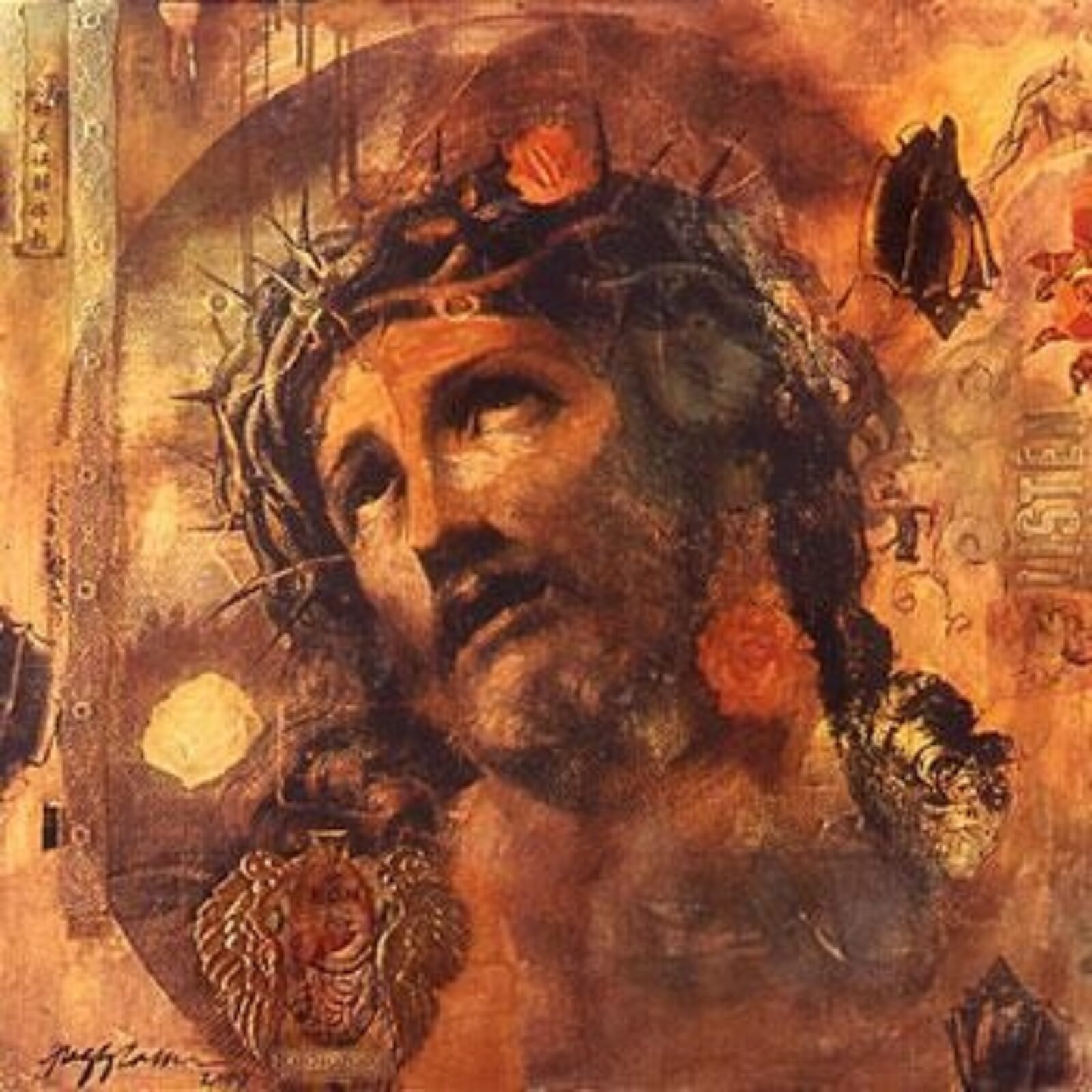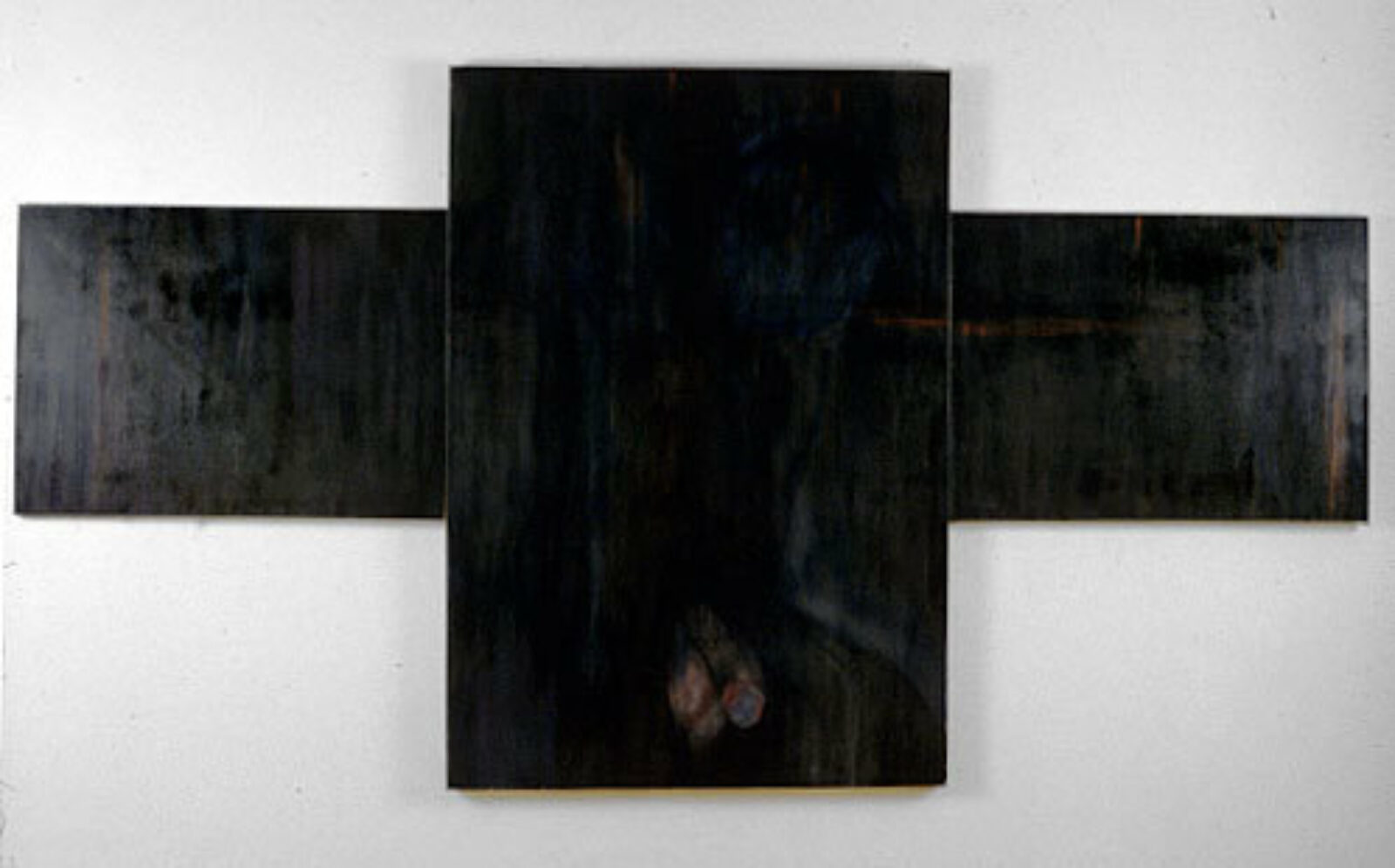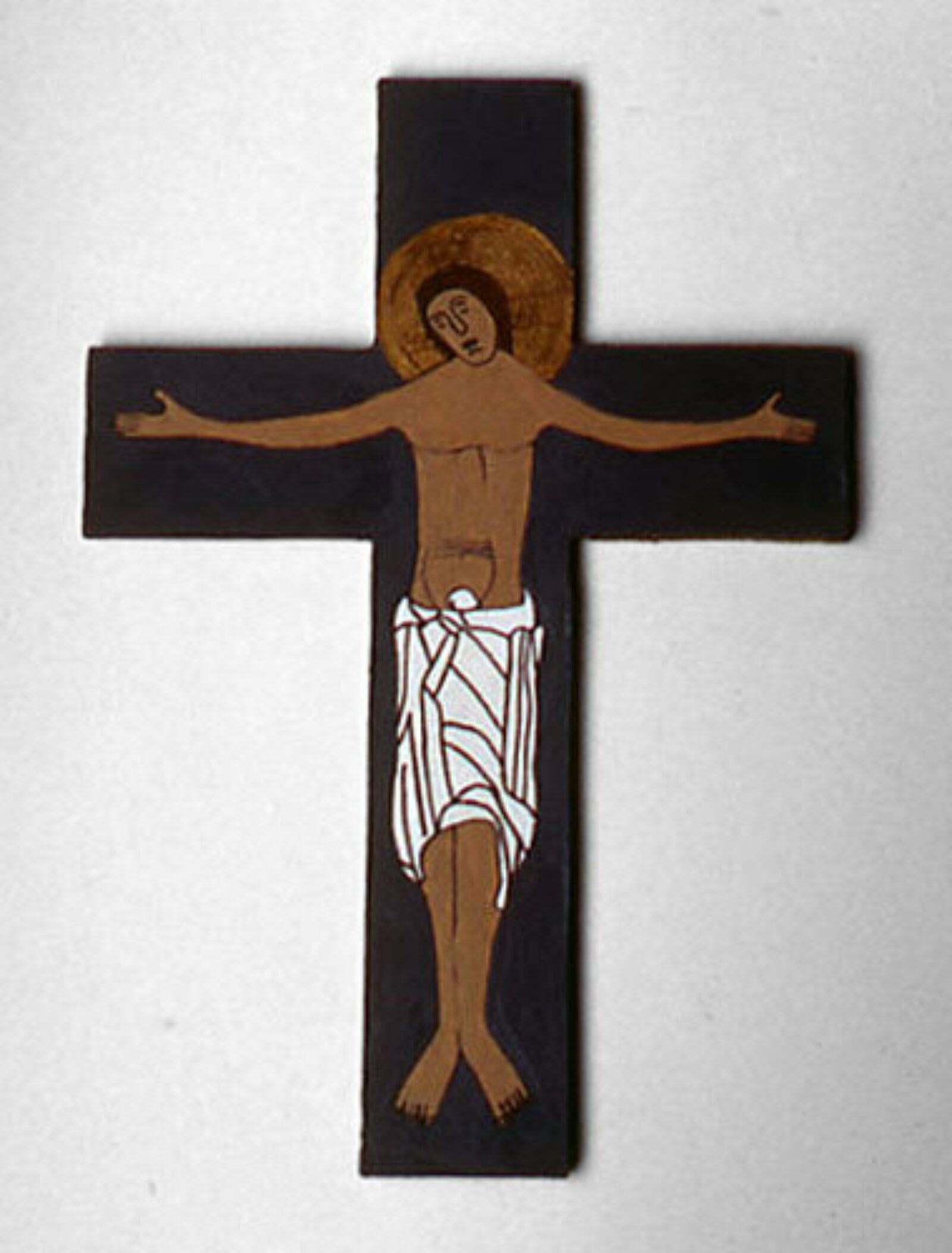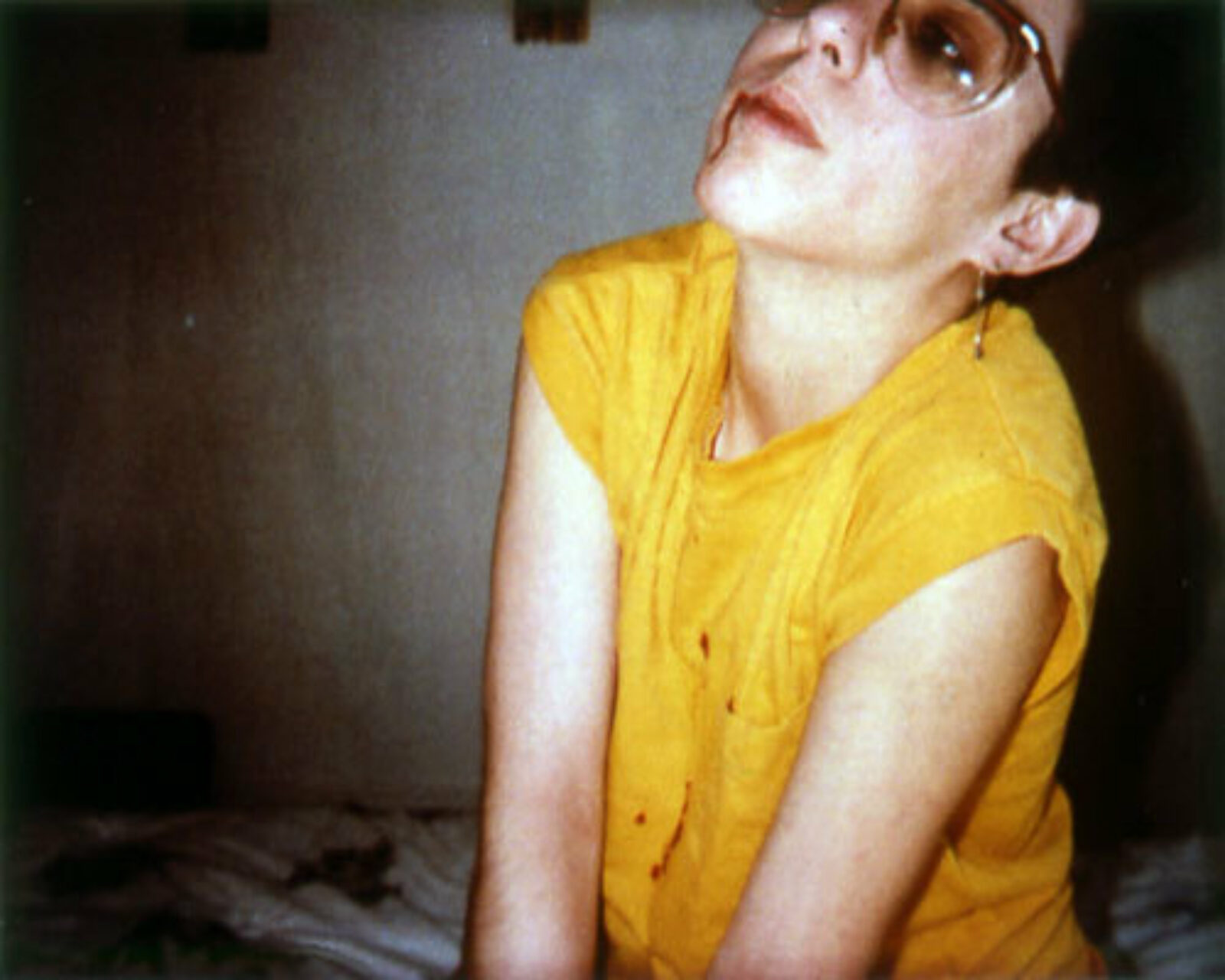


















featured gallery for May 2011
Personal, Jesus
As a very suburban child growing up in the late 80s and early 90s in one of the most heavily Catholic areas in the country, meeting someone with AIDS always left a heavy impression. I remember all of my first encounters with HIV positive men: the guest speaker in my mom's community college psychology class on the one night she couldn't get a sitter; a pricey but well-regarded local hairdresser, who happened to be the brother of an alcoholic family friend I no longer remember; and on television, when a man with a condom for an earring visited an early Real World house to teach the cast about safe sex practices.
Cub Scouts, of which I was a reluctant but proud member, learn a very specific pecking order when it comes to who you should care about: God comes first, then country, then family, then self. God first, self last. That is the rule. As a child brought up in a relatively happy home, I was also unsure how I felt about this order. Wasn't family the most important thing? But the order is clearly spelled out in the manual for Wolves, Bears and Webelos. God, Country, Family, Self.
People with AIDS very actively disrupted that concept, or at least in my mind they did. For many of them Self had to be first, and God (at least in the form of organized religion) came last, if at all. The news reported regularly about gay men whose families and -- thanks to poor medical and political policy -- whose country had turned against them. Events like the December 1989 Die-In at St. Patrick's Cathedral, which resulted in over 100 arrests, proved to me that for some people God (or in this case, Catholicism) was not, and should not be, first. On the news, and in reports my mother brought back from her secretarial job at the diocese, it seemed that AIDS sufferers -- and by extension all gay men -- were actively hostile towards God.
As I got older I figured out that concepts of God and self (and AIDS, for that matter) made more sense when they weren't viewed so two-dimensionally. Yet when I first visited the Visual AIDS archive I was immediately drawn to two specific types of images: those of a Christian God and photographic self-portraits.
I selected the images for this web gallery in early November 2010, just weeks before the furor wrapped around the Smithsonian's appalling decision to pull David Wojnarowicz out of their Hide/Seek exhibit. Coincidentally, I had included the artist's Untitled (Spirituality), the now-infamous image of ants crawling on the crucifix, for this gallery. But what made A Fire in My Belly so nauseating to the Catholic League is, of course, the very thing that makes the image so resonant. Anonymous, mysterious, ominous ants represent humanity, and their crawling over the body of Christ can be read in several ways: as sacrilege, as offering, or as feeble attempt to change the inevitable. While the video work was created explicitly in angry response to the AIDS-related death of Peter Hujar, the still image is far more ambiguous.
Juxtaposing images of crosses and self-portraits of artists is not meant to imply explicit or implicit Christian undercurrents in all of the artists' work. Neither is it meant to impose a Christian interpretation on the photographs, though clearly some of them are meant to be read that way. But that is not the case with all, such as photographer Albert J. Winn. In his My Life Until Now ... series, two selections of which have been included here, the artist's medical condition often wrestles for attention with his Jewish identity.
Winn's photographs show the artist's aging process in a straightforward and occasionally rather clinical light. Similarly, Richard Sawdon-Smith'sLooking at Myself: X-Ray, and Rebecca Guberman's blood vials both document the artists' relationship with their own HIV-positive bodies. Frank Green's disembodied red hand, filthy fingernails and all, is perhaps the most frightening document of his illness, perhaps because it is more vague. But Mark Morrisroe's arm, broken a year before he was diagnosed with AIDS, is included here because it also sheds a light on how artists, specifically photographers, relate to and study their own physical conditions.
Several other works in this gallery also predate their creator's AIDS diagnosis. Leslie Kaliades Self Portrait on a bathroom floor, glancing menacingly at the camera as if daring the viewer to offer help, predates Kaliades' 1992 diagnosis by three years. Similarly Jimmy DeSana's Auto, which shows the nude artist attached to the tailpipe of a sedan, was created in 1980, just before the onset of AIDS in New York City.
When I first visited the Frank Moore Archive Project to assemble this gallery, I had no idea which artists or works I would select. I am quite glad to have found a number of great painters and photographers I did not know previously, in addition to those I have admired since my adolescence. But for purely selfish reasons, I am mainly glad that I can now give some rest to my suburban Catholic Cub Scout child self.
